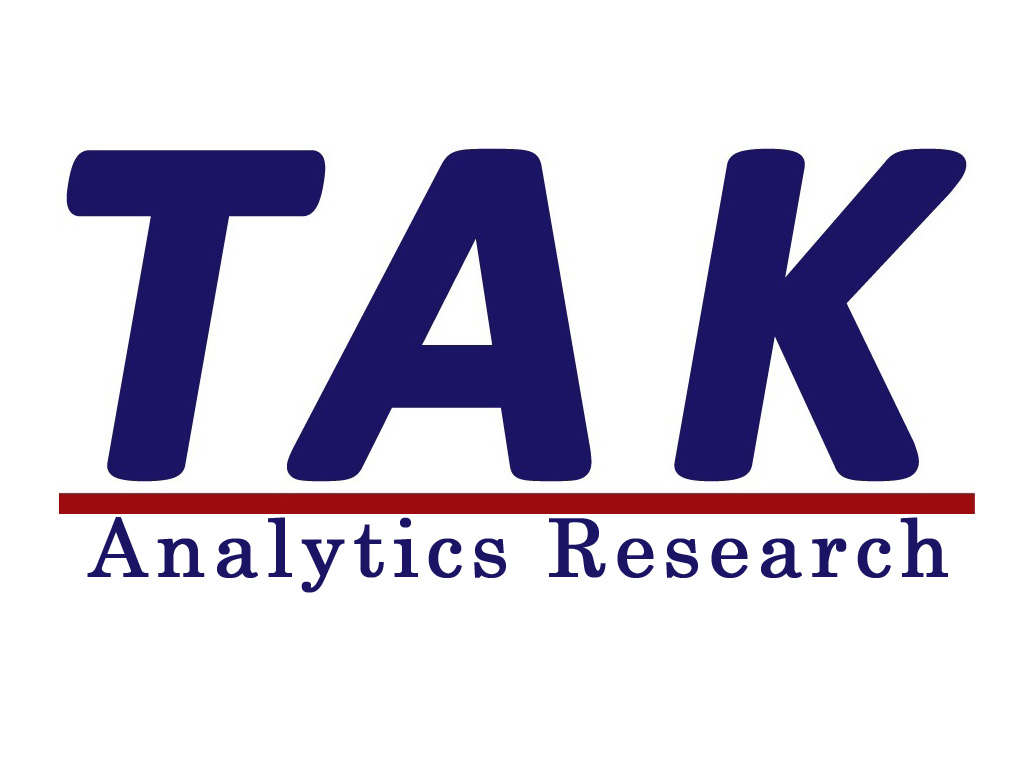2011年9月8日、英国 ロンドン発—2010年、製造業者が世界で56億ドルを稼ぎ出したマイクロ波機器市場で、主要総合機器供給業者と中小規模のスペシャリスト業者によって苛烈な競争が行われているなか、市場調査会社Infonetics Research はネットワーク運営業者にその展開計画、希望する機能、供給業者評価、そして機器提供業者を選ぶ基準を最近調査した。以下にリポートから選定された「Microwave Strategies and Vendor Leadership: Global Service Provider Survey 」の抜粋をです。
アナリストノート
「われわれの最新のマイクロ波戦略調査の結果の基本ラインは、オペレータにとっては顧客サポートこそ他業者群から抜きん出る、差別化の鍵たる手法ということです。テクノロジーは重要であるし、もちろん機器提供業者が製品機能について語るのはやぶさかでは有りません。しかし、これはその顧客や一般的な市場が業者を評価する際にいつも挙がってくる条件とはいえません。運営業者に対し、強力なサービスとサポートをベースとした継続的、建設的な関係構築ができる機器提供業者が、購買決定に際し勝利を収める可能性が一番高い」とInfonetics Research社、マイクロ波調査部門、主席アナリスト Richard Webb は示唆しています。
マイクロ波調査セレクトのハイライト
- NECは顧客サービスとサポートで、調査に参加した運営業者から一番高い評価を得た機器提供業者である。
- Ericsson はNECとともに経営安定度評価でリード、Nokia Siemens Networksと同点2位で技術面を評価 されている。 (NEC が1位)
- Huawei は運営業者から、価格及び価格対機能比でトップ評価、競合相手の価格ストラクチャーにたいする価格破壊という認知を強化している。
- Alcatel-Lucent はオペレーター業者から、製品ロードマップ、安全面を含むいくつもの領域にわたり同点3位に評価されている。
- HSPA/HSPA+以降のより新しいバージョン、LTE の採択によるデータトラフィックの急激な増加に牽引され デュアルイーサネット/TDMマイクロ波からイーサネット単体マイクロ波バックホールへの移行が顕著に増加するであろう。
- 光ファイバーが携帯サイトにますます広く採用されるとしても、ファイバーが恒常的に供給可能でもコスト効率が良いわけでもないことから、マイクロ波は引き続き最も主要なモバイルバックホールソリューションであり続けるであろう。
- 中波(13-24 GHz) 低波(1-12 GHz) のスペクトル帯が現在のマイクロ波採用の主幹だが、高波 (24-42 GHz)、無認可スペクトル、ミリ波スペクトルの使用は、バックホールのニーズ解決のためネットワークオペレーターが、より開発がなされていないスペクトル帯に、てこ入れを狙うにつれ顕著に増えるだろう。
2011年7月に発行されたInfoneticsの25ページに渡る、Microwave Strategies and Vendor Leadership: Global Service Provider Surveyにはマイクロ波機器採用と選好、スペクトル帯、マイクロ波アプリケーション、製品機能、業者選択基準についての質問に対するキャリアーからの回答と解析が含まれています。本リポートにはサービスプロバイダからのベンダー評価スコアカード がマイクロ波機器製造8社分に(Alcatel-Lucent、Aviat Networks、Ceragon、 DragonWave、 Ericsson、 Huawei、 NEC、 Nokia Siemens Networks)、8つの領域(技術、製品ロードマップ、安全性、マネジメント、価格対パフォーマンス比、価格、経営安定度、サービス及びサポート)に渡って、またベンダーのブランド認知度、親近感についてのYes/No及びオープンエンド(どちらでもない)の回答についても提供されています。
このリポートはマイクロ波機器をアクセス、バックホール、またはアプリケーションの移送に採用している21社のサービス提供業者の購買判断決定権のある役職者へのインタビューを基にしています。ネットワークキャリアーはEMEA (ヨーロッパ、中東、アフリカ)、北米、及びアジア大西洋、そして全世界で23%を占める顕著なテレコム収益、20%のテレコムCapexを同時に提示しています。おおまかに3分の1ずつががモバイル運営業、先行業者、及び競合業者という割合になっています。
(原文)
NEC, Ericsson get top marks from carriers in latest Infonetics Research microwave survey
London, UK, Sept. 8, 2011—As the microwave equipment market, which generated $5.6 billion globally for manufacturers in 2010, is fiercely contested by major integrated vendors and small-to-mid scale specialist vendors, market research firm Infonetics Research recently surveyed network operators about their deployment plans, feature preferences, ratings of vendors, and criteria for choosing vendors. Select excerpts from the report, Microwave Strategies and Vendor Leadership: Global Service Provider Survey, follow.
ANALYST NOTE
"The bottom-line result of our latest microwave strategies survey is that, for operators, customer support is the key way to differentiate from the pack. Technology is important, and of course vendors love to talk about new product features. But this does not always align with the way in which their customers and the market in general assess vendors. To operators, a vendor that can build a lasting and productive relationship with them, based on strong service and support, will most likely win the purchase decision," advises Richard Webb, directing analyst for microwave at Infonetics Research.
SELECT MICROWAVE SURVEY HIGHLIGHTS
- NEC is the highest-rated vendor for customer service and support among operators participating in the survey
- Ericsson joint-leads with NEC in financial stability ratings, and ties Nokia Siemens Networks for the second-highest ratings for technology (NEC is first)
- Huawei gets top marks from operators for pricing and price-to-performance ratio, reinforcing the perception that it is undercutting the pricing structure of its competitors
- Alcatel-Lucent ties for the third-highest rankings from operators for a number of criteria, including product roadmap and security
- There will be an increasingly significant shift from dual Ethernet/TDM microwave to Ethernet-only microwave backhaul, driven by the exponential increases in data traffic caused by HSPA/HSPA+ and later, LTE adoption
- Microwave will continue to be the dominant mobile backhaul solution even as fiber to the cell site is more widely deployed, as fiber will not always be available or cost-effective
- Though mid-tier (13-24 GHz) and low-tier (1-12 GHz) spectrum bands currently dominate microwave deployments, use of high-tier spectrum (24-42 GHz), unlicensed spectrum, and millimeter wave spectrum will notably increase as operators seek to leverage less exploited spectrum to address backhaul needs
Infonetics’ 25-page Microwave Strategies and Vendor Leadership survey, published in July 2011, includes analysis and carrier responses to questions about deployment and preferences for microwave equipment, spectrum bands, microwave applications, product features, and vendor selection criteria. The report features a vendor scorecard with service provider ratings of 8 microwave manufacturers (Alcatel-Lucent, Aviat Networks, Ceragon, DragonWave, Ericsson, Huawei, NEC, Nokia Siemens Networks) on 8 criteria (technology, product roadmap, security, management, price-to-performance ratio, pricing, financial stability, service and support), as well as responses to aided and unaided (open-ended) questions about vendor brand awareness and familiarity.
The report is based on interviews with purchase-decision makers at 21 service providers that have deployed microwave equipment for access, backhaul, or transport applications. The carriers are from EMEA (Europe, Middle East, Africa), North America, and Asia Pacific, and together represent a significant 23% of worldwide telecom revenue and 20% of telecom capex. Roughly one-third each are mobile operators, incumbent operators, and competitive operators.

